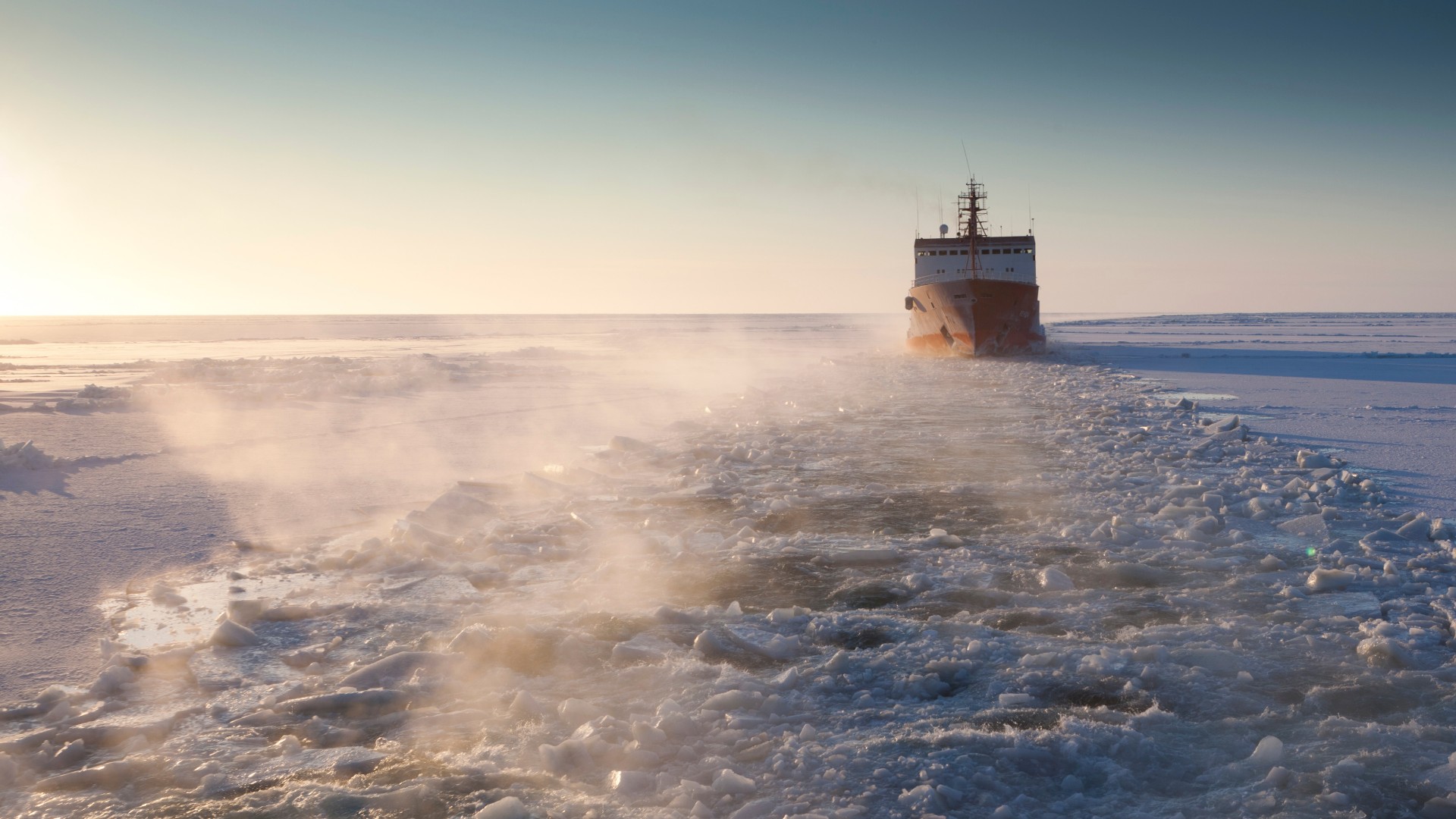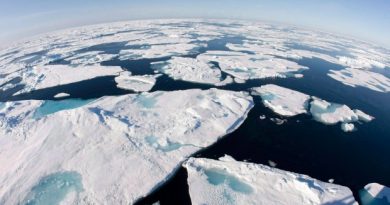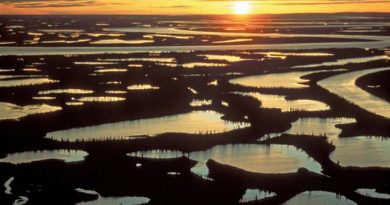Bering Sea ice at lowest extent in at least 5,500 years, study says

There is less sea ice in the Bering Sea now than at any time in at least 5,500 years.
That’s the finding of a new study by the University of Alaska Fairbanks and the U.S. Geological Survey in the journal Science Advances.
Scientists looked at the chemical composition of a core sample from St. Matthew Island, about 250 miles west of mainland Alaska in the Bering Sea.
And while it’s notable that there’s less sea ice now than thousands of years in the past, study co-author Matthew Wooller from UAF says the research provides a deeper understanding of the context and mechanisms of change over those years.
Wooller, a professor in UAF’S Marine Biology Department and director of the Alaska Stable Isotope Facility, told Alaska Public Media’s Casey Grove that a warmer climate is only part of the story.
Related stories from around the North:
Canada: Climate change creating vast new glacial lakes, with risk of ‘gargantuan’ floods, researcher says, The Canadian Press
Greenland/Denmark: Greenland and Denmark finalize cooperation agreement on marine pollution response, Eye on the Arctic
Finland: Miners hunting for metals to battery cars threaten Finland’s Sámi reindeer herders’ homeland, Yle News
Iceland: Arctic Science Ministerial postponed to 2021 due to COVID-19, Eye on the Arctic
Norway: Climate change hits back at Svalbard, coal mine flooded by melting glacier in Norway, The Independent Barents Observer
Russia: Record-warm Arctic summer fatal to wild reindeer in Russia, say environmentalists, The Independent Barents Observer
Sweden: Extra billions to SAS – but with stricter climate requirements, Radio Sweden
United States: Conservation groups sue government over Alaska mining road, The Associated Press



